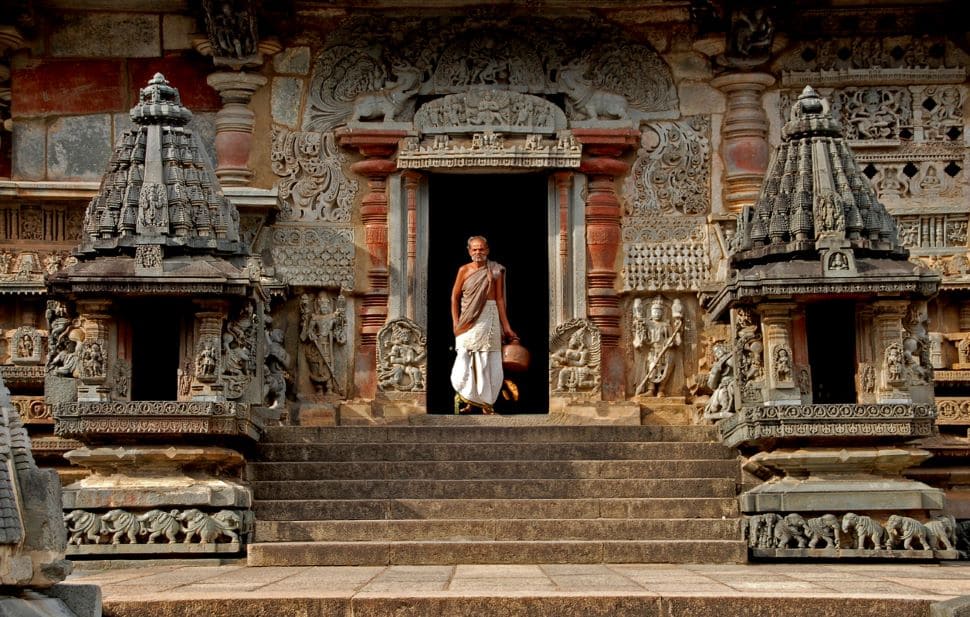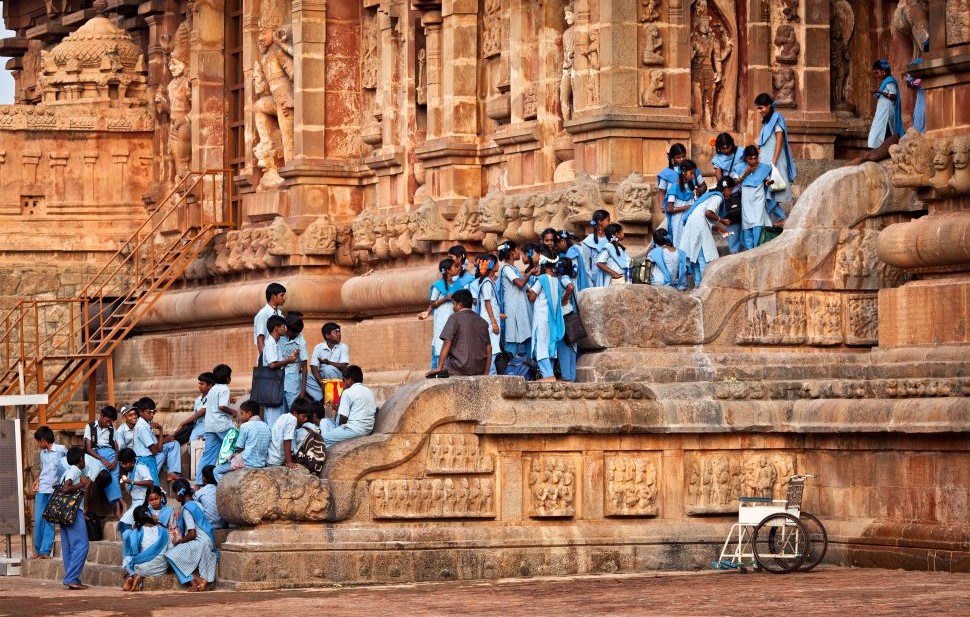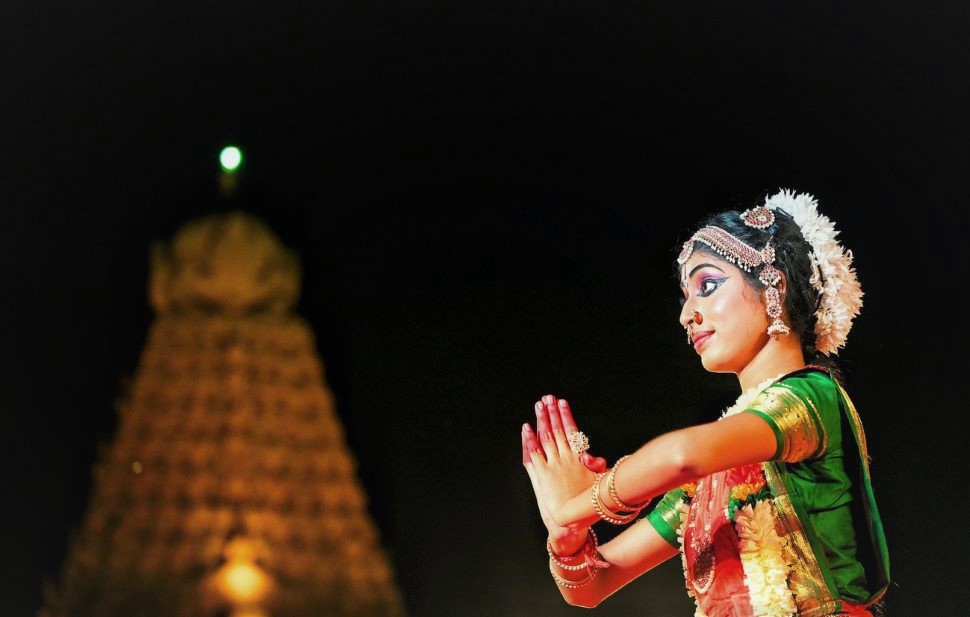A Vision for the Hindu Temples
Tattva Team

Karnataka has an astonishing number of archaeological and inscriptional records which provides us with a glimpse of the flourishing temple traditions of the early medieval period under the patronage of devout kings and merchant guilds. Particularly interesting is an 800-year-old inscription found from the Kedāreśvara temple of Belagavi, Karnataka dated to 1162CE which delineates the role and the activity of the temple and its associated maṭhas [translated: Florinda De Simini],
…the established place (niṣṭhitasthāna) for the ritual practice of the Śaiva ascetics who are perpetual chaste students; a place for the self-recitation (svādhyāyasthāna) of the four Vedas— the Ṛg, Yajus, Sāma, and Ātharva—along with their ancillary treatises; a place for teaching (byākhyānasthāna) grammar, like the systems of Kumāra, Pāṇini, Śākaṭāyana, and the Śabdānuśasana; a place for teaching the six systems of philosophy—namely the Nyāya, Vaiśeṣika, Mīmāṃsā, Sāṃkhya, Buddhist, etc.; a place for teaching the treatises on Yoga— namely the Lākulasiddhānta, the work of Patañjali, and others; a place for various [branches of] learning (vividhavidyāsthāna), such as the 18 Purāṇas, the Dharmaśāstras, all Kāvya compositions, drama, dance, and so on; a place for the provision of food (annadānasthāna) to the poor, the helpless, the crippled, the blind, the deaf, story-tellers, singers, musicians, flute-players, dancers, Vaitāḻikas, the naked, the injured, the mendicants coming from various regions, like Jain mendicants, those bearing a single or triple staff, the haṃsa and paramahaṃsa mendicants; a place for the medical treatment (bhaiṣajyasthāna) of the diseases of the many helpless and sick; a place for offering protection (abhāyapradānasthāna) to all living beings.
Let’s recap the content of this inscription: A temple is a place for ritual practice for the celibate Shaiva ascetics; it is a place for the recitation of the Vedas and the ancillary branches of Vedic learning; it is a place for learning the 6 systems of Indian philosophy; it is a place for learning yoga, Purāṇas, the Dharmaśāstras, Kāvya, drama, dance etc; it is a place for providing food and relief to ascetics of different orders, the needy, poor, crippled, artists etc; t is a place for providing free treatment to the helpless and sick. In short, a temple is a place for protection and solace to all living creatures.
This is an astonishingly expansive vision of what a Hindu temple is and ought to be. A temple is not only a place for the darshan of the Lord but also a place for Vedic recitation, the performance of traditional ritual practices, a learning centre for all Hindu philosophy and art forms, a place for medical treatment of the poor and a place of solace and comfort for the suffering humanity. Even more radically, a temple is a place for solace and protection for all living creatures.
Currently, there are some temples which run religious schools and medical centres, but more or less the temples have been reduced to just a place for the devotee to have a quick darshan of the Lord. This dramatic reduction of the role and place of the temple in Indian society is a very recent phenomenon. During the 19th century, our large temples were systematically stripped of their role as a place for culture and community activity and were reduced to only a place of worship. As the scope of temple activities was drastically curtailed, the dance, music and art forms patronized by the temple were now left to fend for themselves. As a result, the sacred art forms that were nurtured in the temples for millennia were increasingly becoming secularized as the artist had to look for new sources of patronage.
Hindu temples historically have been a seat of learning and culture, and they must regain their role as the source of cultural sustenance and renewal of Hindu ascetic traditions, sacred arts, and philosophy. This 800-year-old inscription then becomes a literary symbol and a vision of our aspiration for a modern Hindu temple.

